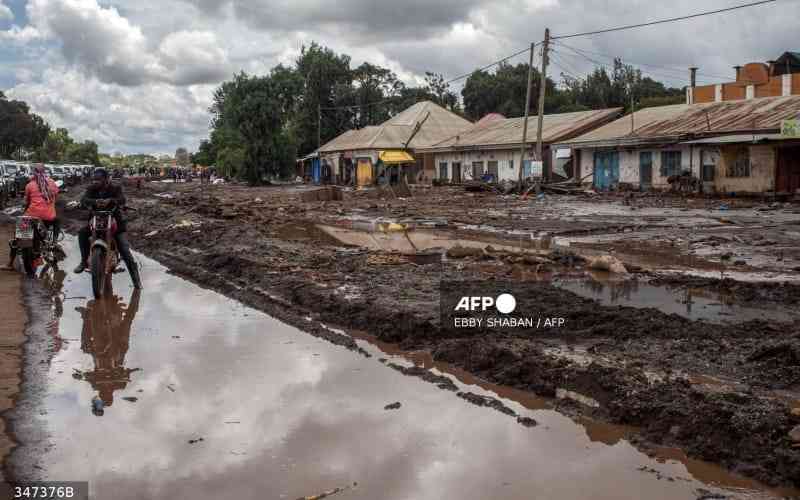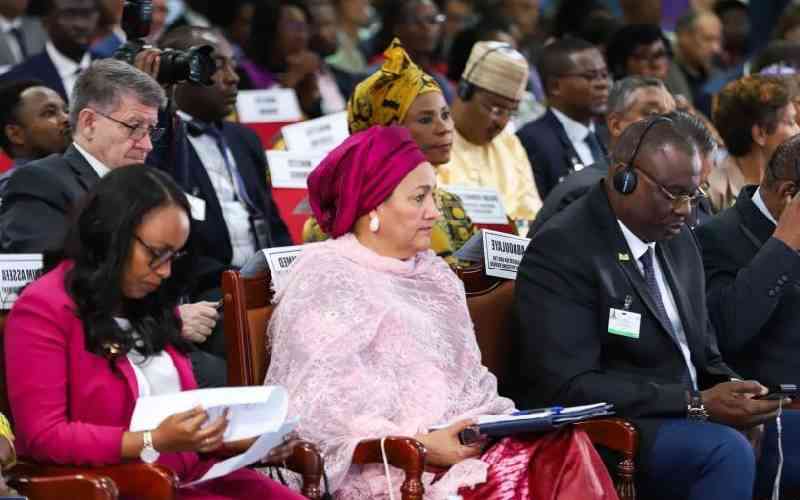
Once upon a time in Africa, learning just happened. A child grew up and acquired knowledge and skills from the environment in a rather osmotic way.
There were no learning institutions but the family and the community offered plenty of learning opportunities.
But those are the days of yore! Since the drumbeats signalling mega ceremonies within kingdoms were replaced by the rumble of globalisation sometime within the twentieth Century, education quit home and got exiled into institutions on which the family had a weak grip.
The turnaround has seen families do less for the learner with many subliminally demarcating home and school as exclusive spaces for living and learning respectively.
And the differentiation on the work floor has grown with precision – parents are mired in an endless chase after the cash that funds their children’s education as learners and teachers work tirelessly on delivering the As.
However, all indications in recent times show that the quality of learning that goes on in many learning institutions is anything but A-ish. Sometime last year, the Government disbanded the Kenya National Examination Council board, citing responsibility in last year’s massive exam irregularities.
A new regime stepped in and the improvement in the management of the Kenyan education sector has been near-apocalyptic. And as has been the case whenever there are hiccups within the education sector, the 8-4-4 system is receiving a thorough bashing.
This is the umpteenth time that an attempt to replace the 8-4-4 system has been mooted. And as the discussions gain momentum, it is fulfilling to observe that players have acknowledged that an education system is not just a rule that governs how the learners’ schooling years are distributed amongst different levels of education.
And if indeed there is more to an education system, then we need not spend too much time on the defects of the wineskin and instead begin testing the potency of each component of the wine. Speaking recently at an event that brought together senior representatives from the Government of Kenya, UN system in Kenya and Development Partners, UN Resident Coordinator Siddharth Chatterjee stressed the primacy of prioritising the education and health needs of the youth, if Kenya is to realise a “demographic dividend”.
Demographic dividend refers to an economically desirable scenario in which a country’s workforce is larger than the population dependent on it.
With the correlation between a productive workforce and training being rather obvious, the right diagnosis of Kenya’s education woes is inconceivable without a proper understanding of what education in the 21st Century should look like.
Kenya has had some experience with a couple of education systems before the many years of the 8-4-4 system and the lethargy that now dogs it. Those who went through Kenyan public schools before 1985 speak fondly of those years.
The system then, they say, produced fully baked individuals ready for the job market.
At a time when the youth are expected to be not just good enough for a job but to create jobs for self and others, a critical mass off disenfranchised youth is not only harmful to the economy but also to the country’s security as they are susceptible to recruitment by criminal gangs and terror groups.
Stay informed. Subscribe to our newsletter
Kenya has had many adjustments in the education sector since independence from which it is evident that the desire for the best quality education has always been alive in the country.
When the Kenya Philanthropy Forum brought together Philanthropies funding education in Kenya not long ago, the longest session was dedicated to addressing the quality issues within the education sector.
This and many of its kind show that the will amongst stakeholders to act is palpable and there is hope that the deliberations sparked by the recent upheavals in the education sector will lead to a lasting solution.
 The Standard Group Plc is a
multi-media organization with investments in media platforms spanning newspaper
print operations, television, radio broadcasting, digital and online services. The
Standard Group is recognized as a leading multi-media house in Kenya with a key
influence in matters of national and international interest.
The Standard Group Plc is a
multi-media organization with investments in media platforms spanning newspaper
print operations, television, radio broadcasting, digital and online services. The
Standard Group is recognized as a leading multi-media house in Kenya with a key
influence in matters of national and international interest.
 The Standard Group Plc is a
multi-media organization with investments in media platforms spanning newspaper
print operations, television, radio broadcasting, digital and online services. The
Standard Group is recognized as a leading multi-media house in Kenya with a key
influence in matters of national and international interest.
The Standard Group Plc is a
multi-media organization with investments in media platforms spanning newspaper
print operations, television, radio broadcasting, digital and online services. The
Standard Group is recognized as a leading multi-media house in Kenya with a key
influence in matters of national and international interest.









